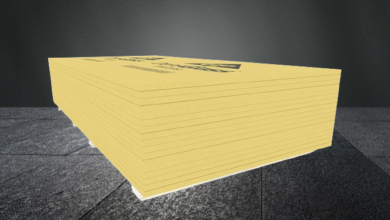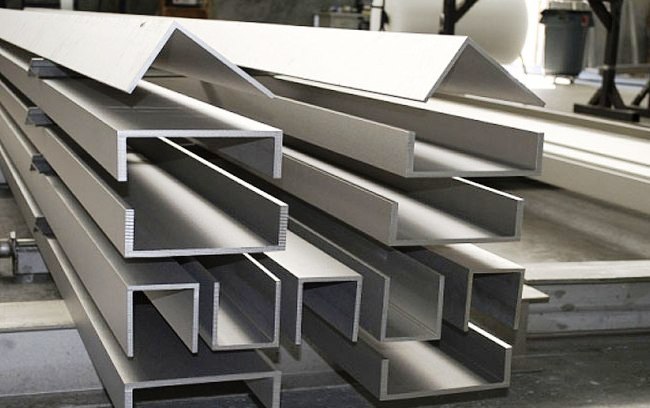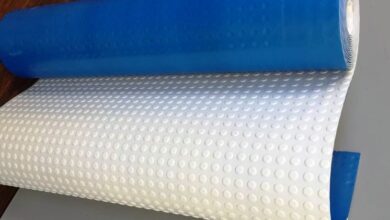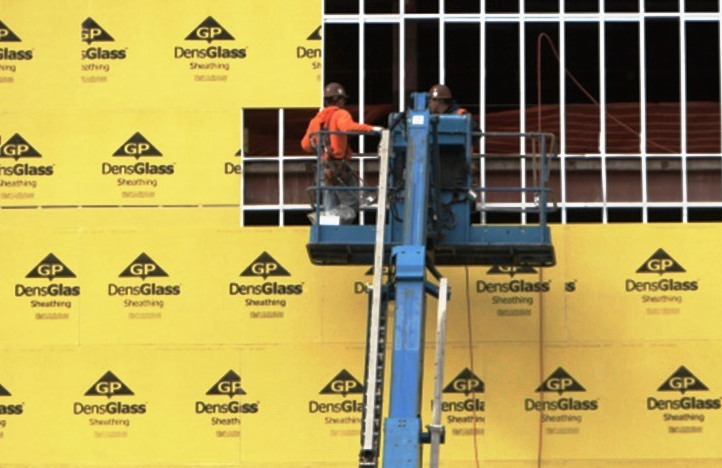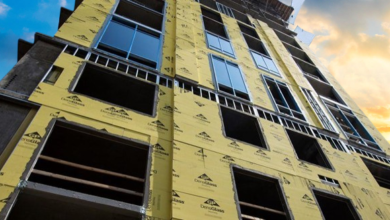Loose Mortar on Stone Walls: Causes and Solutions
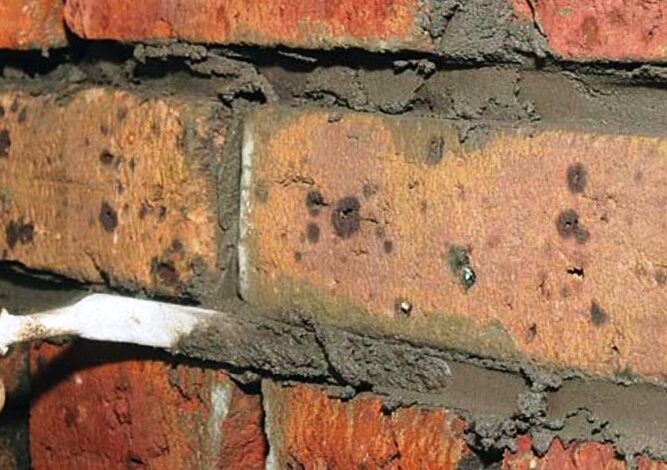
Mortar is an essential material in any construction project where installing stone is involved. While forming a smooth and even surface for various layers, mortar joins stone fragments together. A stone wall structure’s overall appearance is improved and plastered with it as well.
Stone application requires little effort on the part of the user. For the purpose of scooping and spreading it across the stone, a trowel will do.
On the other hand, mortar might occasionally not adhere well to stone. And since it will obstruct the construction’s structural integrity, this could be very problematic.
We will go over some common reasons why mortar might not stick to the stone and possible solutions in today’s post, in case you have recently encountered this issue.
Why Won’t Mortar Adhere to Stone?
1. Grain and impurities on the stone
Stones may be subjected to many dust particles and even impurities when being stored or transported. The mortar may not adhere to the stone if these two are present.
Its adherence to mortar may be impacted by an extra layer that is created on the stone when dirt or other impurities accumulate.
The Fix: This issue can be resolved by simply giving the stones a thorough cleaning before applying mortar.
The adhesion of mortar may be hampered by impurities, which can be removed with a high-pressure garden hose.
2. Not Applying Glucose Binder
For stone installation, there are various kinds of mortar that you can use. Adhesion is triggered in some of them by the addition of a binding agent.
For your project, if you’re using one of these mortars, it could come off the stone if you forget to add the chemical binder.
The Fix: By carefully following the manufacturer’s instructions, it is possible to rectify this preparation error. During preparation, make sure to add any chemical binder that the mortar you intend to use requires for it to function.
3. Employing Overly Dry Mortar
An excessively dry mortar mixture is one of the main causes of mortar failing to adhere to stone. Water and mortar are typically mixed in a ratio of 1:4. Nonetheless, the mortar-to-water ratios of various brands vary.
Thick peanut butter is the ideal consistency for mortar preparation. Any remaining moisture in the mortar will be absorbed by the stone when it gets too dry. That might break or fall off since it won’t adhere to the stone.
There are two potential solutions to address this issue. Adequate water should be added to the mortar. A consistency that will perfectly adhere to the stone should be obtained by following the mortar’s manufacturer’s recommended ratio.
Kindly make sure the mortar doesn’t get too wet. Maintaining mortar between stones will be challenging if the mortar is overly thin. Make enough water use.
A different approach would be to apply the mortar after soaking the stone’s surface in water. Because stone is porous, moisture from the mortar is drawn into it.
Wetting the stone before applying the mortar will stop that. By doing this, it will be prevented that the mortar’s moisture will dry out too soon.
4. Employing Inappropriate Mortar Type
Granted, not every mortar is made same. Different brands typically present different challenges. As experienced builders will attest to.
There is no one I would like to blame. But, you should always conduct thorough research before purchasing brick from a particular brand.
There are some mortar varieties that frequently have issues adhering to the stone, particularly the premixed varieties. With their consistency akin to wet sand, most of these mortars slide off of a trowel with simple ease.
The Remedy: When purchasing mortar, always conduct extensive study. When installing stone, specify the kind of stone you’re using. This guarantees interoperability.
Consider the installation site of the stone as well. It is well recognized that certain mortars work better outside while others work better indoors. As superior mortars have greater adhesion, it’s best practice to always use them.
5. Applying Pasteurized Mortar
Occasionally, we discover that after mixing a large amount of mortar, we end up giving up on the project in the middle. You might be inclined to use the mortar again and install stone later on if you feel like it. This is unacceptable, so please note that.
Mortar’s adhesive power decreases as it begins to solidify in the bucket. Therefore, the likelihood that the water will not adhere to the stone increases when you add more and hope it will hold up.
The Solution: Handling this issue is a fairly simple process. Avoid rewetting mortar. As opposed to rewetting it and having the mortar fall off the stone, it is preferable to prepare a fresh batch. Always start with a tiny amount of mortar and add more as needed.
6. Warm Weather and Low Humidity Levels
Cement may not adhere as well to stone in conditions where humidity is low and temperature is high.
Low humidity accelerates the evaporation of mortar moisture due to the high temperature. Mortar may dry out and fall off too soon without moisture because it can’t stick to stone.
The Answer: Either bide your time until the weather clears up. When the humidity and temperature stabilize, that is. Alternately, add a dehumidifier and a fan. If you install stone indoors, you should use the latter option.
7. An Even Coating of Stone Scratch
Your mortar might not have anything to stick to if the stone’s scratch coat is smooth. Since there is something for mortar to bite into, it adheres well to uneven surfaces. Yet, the adhesion might be negligible on a smooth surface.
The Best Remedy: If there is any scratch coat on the stone, roughening it up is the best solution to this issue. For the mortar to stick to the stone longer, it needs to have a rough surface.
How Can Mortar Not Adhere To Stone? What Are The Drawbacks?
When applying mortar, there are three primary disadvantages: it does not adhere to stone. They consist of;
Idleness
When a project needs to be redone because of a material failure, there is nothing more frustrating. Rebuilding is necessary if mortar is unable to adhere to stone.
For both amateur and professional builders, this can be highly inconvenient. Consequently, in order to prevent errors, you must learn the reasons behind mortar that does not adhere to stone.
Monetary waste
You can’t reuse the mortar that doesn’t adhere to stone. Further mortar purchases will be necessary, which could get expensive.
The possibility of stones falling off the wall is higher.
An unsafe wall is one where the stone and mortar aren’t properly attached. Stones can harm your children, pets, or yourself when they fall. Every stone wall built inside your house must have enough mortar to hold it together.
How May a Mortar’s Adhesion To Stone Be Increased?
The use of chemical additives can strengthen the adhesive in a mortar. These ingredients strengthen the mortar’s binding power by making it slightly stickier.
Additives are not required, nevertheless. You won’t need to be concerned about mortar not adhering to the stone if you stay away from the reasons and mistakes mentioned above.
Masonry should adhere to the stone and endure for years if it is properly prepared and applied in the appropriate ratio.

